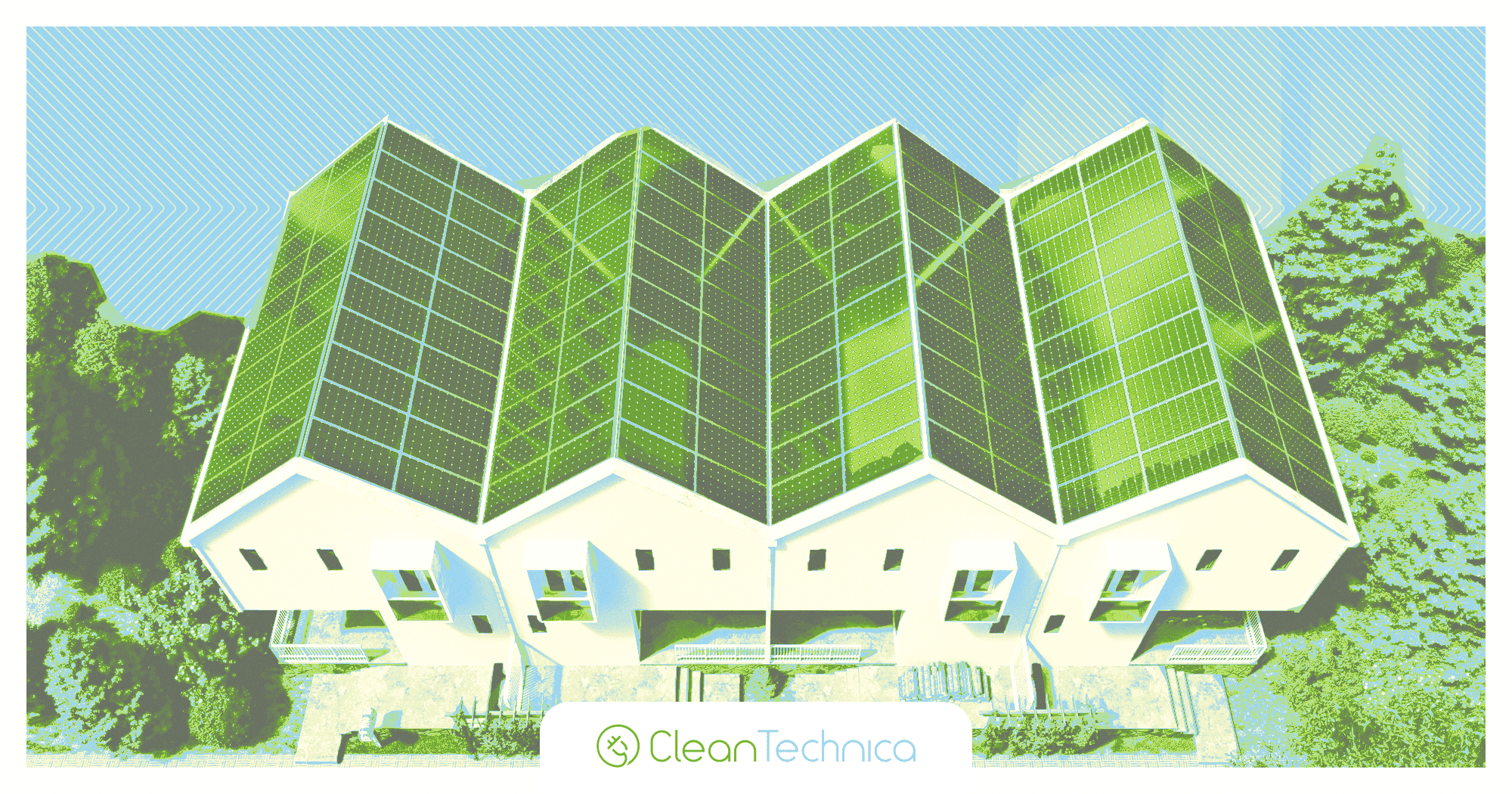Sign up for CleanTechnica’s Weekly Substack for Zach and Scott’s in-depth analyses and high level summaries, sign up for our daily newsletter, and/or follow us on Google News!
As Congress gears up to consider a tax package that will address credits for solar and storage, there are no shortage of talking points about the industry that lack context and are often misleading.
Let’s set the record straight on solar and share the truth about the role solar plays in our energy systems:
Myth #1: Solar is unreliable
Solar is one of the most predictable energy sources on our grid. It experiences fewer unexpected outages than other generation sources, especially in extreme weather conditions. During hot summer months, solar scales to power air conditioning when it’s needed most. While many generation sources require regular, timely delivery of fuels across thousands of miles, solar generation predictably ramps up quickly during the day without the need for off-site fuel. This provides grid operators with assurances that solar will be available during the day, while batteries can be dispatched to meet peak demands in the early evenings. For these reasons, solar is an excellent low-cost complement to resources that run with variable fuel costs or experience supply interruptions. For homeowners, solar and storage systems provide energy freedom and insulation from grid-level blackouts.
Myth #2: Solar makes energy more expensive
Solar energy has reduced household energy costs for decades, as confirmed by President Trump’s Department of Energy, which found that the costs of new solar installations had been slashed by 80%. Multiple recent studies, and even utility CEOs, have said that if energy credits are repealed, your electricity bills will go up the very next day. Solar also enjoys zero marginal fuel costs—because sunshine is and always will be free. As families face higher bills for essentials every day, keeping solar affordable will help customers and businesses make ends meet.
Myth #3: Solar hurts the grid
Solar is a key resiliency asset for grid operators. The most affordable and reliable grids have a mix of different energy sources that provide flexibility and redundancy. Solar also provides ancillary services like voltage and frequency control and can be flexibly deployed as part of microgrids and virtual power plants. These assets have been vital when America’s grids have been threatened. When low temperatures have frozen infrastructure or storms have interrupted fuel supplies, it is solar and storage that has shined as a resilient option in the most challenging conditions.
Myth #4: Solar takes up too much land
Solar and storage can be installed close to where electricity is used—on rooftops and near large demand centers—reducing the need for other infrastructure. This geographic diversity is a feature, not a bug, providing additional resilience to the grid when environmental factors shut off resources in certain areas.
Myth #5: Solar is made overseas
Today, the U.S. makes enough solar panels to supply 100% of domestic demand, a six-fold increase from just a few years ago. And the components of these panels as well as batteries are increasingly made here, in factories stretching from the Carolinas to California, providing thousands of Americans with good-paying jobs.
Originally published on the SEIA blog.


Whether you have solar power or not, please complete our latest solar power survey.

Have a tip for CleanTechnica? Want to advertise? Want to suggest a guest for our CleanTech Talk podcast? Contact us here.
Sign up for our daily newsletter for 15 new cleantech stories a day. Or sign up for our weekly one on top stories of the week if daily is too frequent.
CleanTechnica uses affiliate links. See our policy here.
CleanTechnica’s Comment Policy

